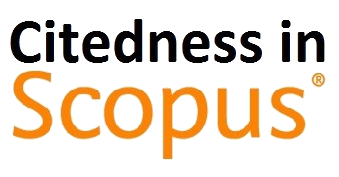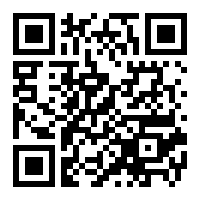Comparison of Algorithms on Machine Learning For Spam Email Classification
(1) Informatics Study Program, Universitas AMIKOM Yogyakarta
(2) Information Systems Study Program, Universitas AMIKOM Yogyakarta
(3) Informatics Management Study Program, Universitas AMIKOM Yogyakarta
(4) Informatics Management Study Program, Universitas AMIKOM Yogyakarta
(*) Corresponding Author
Abstract
Full Text:
PDFReferences
N. Q. Fitriyah, H. Oktavianto and H. , "Deteksi Spam Pada Email Berbasis Fitur Konten Menggunakan Naïve Bayes", JUSTINDO (Jurnal Sistem & Teknologi Informasi Indonesia), Vol. 5, No. 1, Februari 2020, vol. 5, pp. 1-7, 2020.
A. A. Alukar, S. B. Ranade, S. V. Joshi, S. S. Ranade, P. A. Sonewar, P. N. Mahalle and A. V. Desphande, "Proposed Data Science Approach for Email Spam Classification using Machine Learning Techniques", Internet of Things Business Models, Users, and Networks, pp. 1-5, 2017.
W. N. Chandra, G. Indrawan and I. N. Sukaraja, "Spam Filtering Dengan Metode Pos Tagger Dan Klasifikasi Naïve Bayes", Jurnal Ilmiah Teknologi dan Informasia ASIA (JITIKA), vol. 10, pp. 47-55, 2016.
S. P. P. U. T. M. D. K. Mangena Venu Madhavan, "Comparative Analysis of Detection of Email Spam With the Aid of Machine Learning Approaches", IOP Conf. Series: Materials Science and Engineering, vol. 1, pp. 1-12, 2021.
R. T. Wahyuni, D. Prastiyanto and E. Supraptono, "Penerapan Algoritma Cosine Similarity dan Pembobotan TF-IDF pada Sistem Klasifikasi", Jurnal Teknik Elektro, vol. 1, pp. 28-23, 2017.
A. Saleh, "Implementasi Metode Klasifikasi Naïve Bayes Dalam Memprediksi Besarnya Penggunaan Listrik Rumah Tangga", Citec Journal, vol. 2, pp. 207-217, 2015.
A. A. A. Tita Nurul Nuklianggraita, "On the Feature Selection of Microarray Data for Cancer Detection based on Random Forest Classifier", JURNAL INFOTEL, vol. 12, pp. 89-96, 2020.
N. Krisandi, Helmi and H. Prihandono, "Algoritma K-Nearest Neighbor Dalam Klasifikasi Data Hasil Produksi Kelapa Sawit Pada PT. MINAMAS", Buletin Ilmiah Math. Stat. dan Terapannya (Bimaster), vol. 02, pp. 33-38, 2013.
S. Dewi, "Komparasi 5 Metode Algoritma Klasifikasi Data Mining Pada Prediksi Keberhasilan Pemasaran Produk Layanan Perbankan", Jurnal Techno Nusa Mandiri, vol. 13, pp. 60-66, 2016.
DOI: https://doi.org/10.30645/ijistech.v5i4.164
Refbacks
- There are currently no refbacks.
Jumlah Kunjungan:
Published Papers Indexed/Abstracted By:












